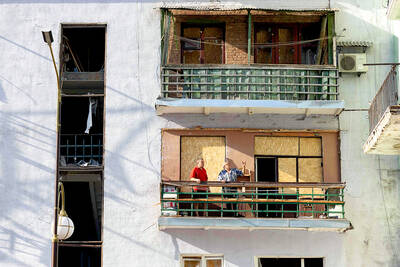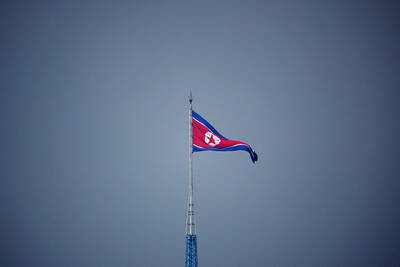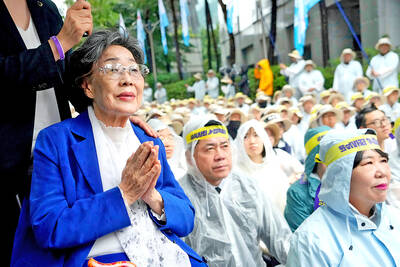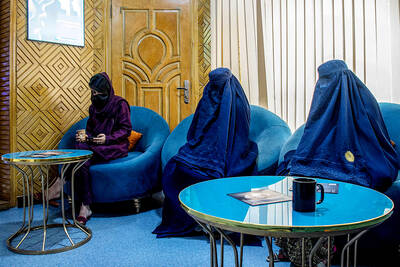In a culture that teaches not to revisit suffering, a proposal to memorialize routes that Navajo and Mescalero Apache Indians marched as they were forced from their homelands has stirred up painful memories.
The march in the 1860s from tribal lands to a desolate tract in eastern New Mexico, known as the Long Walk, led to the deaths of thousands of American Indians.
So while the federal designation as a national historic trail is supported by some tribal members who believe that healing and appreciation for the resilience of their ancestors will come only through education, memorializing such an event goes against some elder members beliefs.
“For those who are willing to talk about that, it’s a form of healing,” said Judy Martin, a cultural specialist for the Navajo Department of Historic Preservation. “But the older people, they still treat it as taboo” to revisit a site associated with death, she said.
“It will bring bad effects on you, evil effects on you, bad dreams,” Martin said. “It could disrupt your well-being. In that, that’s where they really draw the line.”
Public meetings across the Navajo Nation this week will complete a study that the National Park Service will turn over to US Congress.
Lawmakers will then decide whether to add the Long Walk to the list of 30 historic and scenic trails within the National Trails System.
If designated, it would be the second historic trail to commemorate the forced removal of American Indians from their homeland. The Trail of Tears that led the Cherokees from the Southeast to present-day Oklahoma in the late 1830s was named a historic trail in 1987.
Frank Norris, a historian with the National Trails System, said the Trail of Tears is now viewed as a testament to the cohesiveness of the Cherokees.
“To a large extent, that has happened with every other Indian nation, too,” he said.
The US military took action against the Mescalero Apaches after years of intertribal warfare, according to the park service. After the Mescaleros were imprisoned, the military led by Christopher “Kit” Carson turned to the Navajos, destroying their crops and livestock and forcing them to surrender.
More than 8,000 Navajos were marched 480km from the Four Corners area to Bosque Redondo, where 400 Mescaleros were being held captive. Navajos call the land near the Pecos River “Hweeldi,” which means a place of suffering and fear. Those who could not keep up along the journey were killed. Disease, the harsh winters and unfamiliarity with how to prepare foods also led to deaths.
Many say that although the Long Walk is one of the darkest parts in the tribe’s history, it’s important to understand what their ancestors endured before they were able to return to their homeland, which is within four mountains the Navajos consider sacred.
“We can’t sweep it under the rug,” said Etta Arviso, whose grandmother marched on the Long Walk as a three-year-old.
The Mescalero Apache, who were more familiar with the land around Bosque Redondo, did not stay long in the area. They evaded military guards on Nov. 3, 1865, and were not recaptured.
The Navajo, however, were held until the signing of a treaty in 1868, when they were freed and the US government acknowledged the tribe’s sovereignty.
Holly Houghten, historic preservation officer for the Mescalero Apache tribe, said tribal members do not want to glorify the Long Walk but support the trail designation to help ensure that history does not repeat itself.
“They are interested in learning about their past, the good and the bad,” she said. “The elders think it was good to learn about the difficult times and what made them strong.”
At Bosque Redondo, a museum shaped like a hogan (a typical Navajo dwelling) and a tepee, and an interpretive trail help tell the story of the Long Walk. A group of Navajos ride motorcycles to the site each year in honor of their ancestors.
Clifford Jack of Shiprock, New Mexico, who is leading the group this year, says he sees the trauma the Long Walk has brought upon Navajos in his work at a domestic violence shelter. He says the only way to address it is to acknowledge and talk about it.
“We celebrate that our ancestors survived the horrible conditions so that we can be free people within our four sacred mountains,” he said. “I don’t see anything wrong with going back there. It’s a healing process.”

DEADLOCK: Putin has vowed to continue fighting unless Ukraine cedes more land, while talks have been paused with no immediate results expected, the Kremlin said Russia on Friday said that peace talks with Kyiv were on “pause” as Ukrainian President Volodymyr Zelenskiy warned that Russian President Vladimir Putin still wanted to capture the whole of Ukraine. Meanwhile, US President Donald Trump said that he was running out of patience with Putin, and the NATO alliance said it would bolster its eastern front after Russian drones were shot down in Polish airspace this week. The latest blow to faltering diplomacy came as Russia’s army staged major military drills with its key ally Belarus. Despite Trump forcing the warring sides to hold direct talks and hosting Putin in Alaska, there

North Korea has executed people for watching or distributing foreign television shows, including popular South Korean dramas, as part of an intensifying crackdown on personal freedoms, a UN human rights report said on Friday. Surveillance has grown more pervasive since 2014 with the help of new technologies, while punishments have become harsher — including the introduction of the death penalty for offences such as sharing foreign TV dramas, the report said. The curbs make North Korea the most restrictive country in the world, said the 14-page UN report, which was based on interviews with more than 300 witnesses and victims who had

COMFORT WOMEN CLASH: Japan has strongly rejected South Korean court rulings ordering the government to provide reparations to Korean victims of sexual slavery The Japanese government yesterday defended its stance on wartime sexual slavery and described South Korean court rulings ordering Japanese compensation as violations of international law, after UN investigators criticized Tokyo for failing to ensure truth-finding and reparations for the victims. In its own response to UN human rights rapporteurs, South Korea called on Japan to “squarely face up to our painful history” and cited how Tokyo’s refusal to comply with court orders have denied the victims payment. The statements underscored how the two Asian US allies still hold key differences on the issue, even as they pause their on-and-off disputes over historical

Decked out with fake crystal chandeliers and velvet sofas, cosmetic surgery clinics in Afghanistan’s capital are a world away from the austerity of Taliban rule, where Botox, lip filler and hair transplants reign. Despite the Taliban authorities’ strict theocratic rule, and prevailing conservatism and poverty in Afghanistan, the 20 or so clinics in Kabul have flourished since the end of decades of war in the country. Foreign doctors, especially from Turkey, travel to Kabul to train Afghans, who equally undertake internships in Istanbul, while equipment is imported from Asia or Europe. In the waiting rooms, the clientele is often well-off and includes men